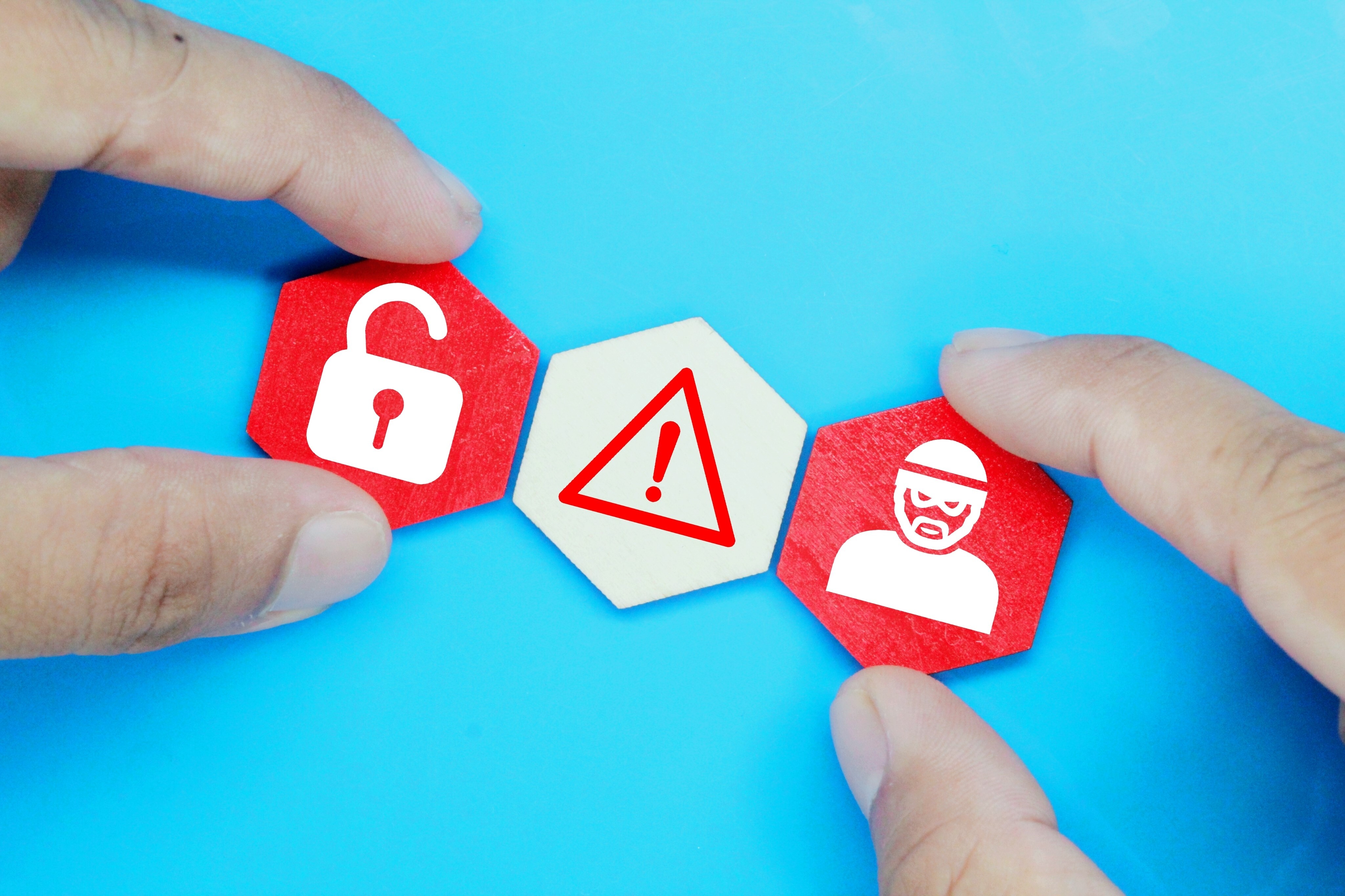
Unified Communications (UC) is a workplace strategy for modern organizations, that merges different communication technologies into a single platform. Large enterprises are more likely to deploy UC than smaller businesses but are at higher risk of potential security issues. So, how can they secure themselves?
The Rising Security Threat in a Connected World
Envision your workforce to communicate and share business-wide data and reports between teams or departments. That’s the beauty of workplace unified communications, but it can quickly become vulnerable to cyber attacks when not properly secured. As internal data flows through many channels, the process becomes riskier because of hidden gaps. Enterprises should stay ahead of these risks and prepare themselves for these security threats.
Identifying Common Security Risks in Unified Communications
With a large workforce and network, a single flaw in the system could be significantly costly. An organization’s UC can be under threat due to the following:
Phishing attacks: Employees receive messages that appear to be from their organization, which results in sharing sensitive information unknowingly.
Data breaches: Information not properly encrypted is received or listened to over the same channels by attackers.
Malware attack: Malware is executed throughout the organization’s communication protocols, causing huge violations.
Secure Access and Authentication: A Key Step
An effective method of preventing attacks is by using strong authentication. With proper authentication, only authorized personnel can access an organization’s UC platform. This method can verify the identity of a user through two or more verification factors beyond a username and password. It is biometric verification, like a fingerprint scan, and the confirmation code is sent to the user’s phone upon login.
Data Encryption: Protecting Communication at All Stages
Deploy UC services with encryption of information. Data in transit needs to be secure, which means that if an attack does happen and captured communications are breached, the information is not bubble gum for the attacker to read. Additionally, UC (both data at rest and in transit) needs to be protected with strong encryption protocols.
Security Audits: Proactive Risk Management
Large enterprises must regularly audit the security of their system to identify and correct vulnerabilities before they’re compromised. Doing this helps them become proactive about the security risks they may face. It also allows them to review and update their security controls as necessary. All of this will help shore up the system’s defenses and reduce the risk of an attack.
Partnering with a Trusted Provider
If you are an organization feeling overwhelmed about what you need to do to secure your UC system, you are in luck. Elite Group is the solution you need to sort that area out. Its end-to-end solutions don’t just combine your communications but also offer next-level protections for your data. With an experienced team to develop a custom-tailed security policy and keep the organization secure, regular patches and upgrades, and the latest in security updates, breach risks are significantly lessened.







